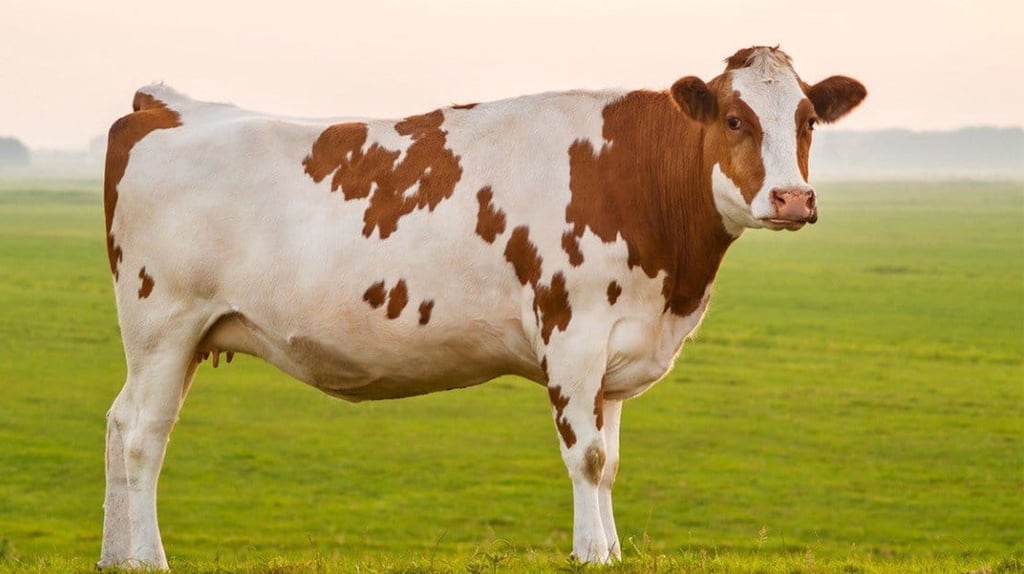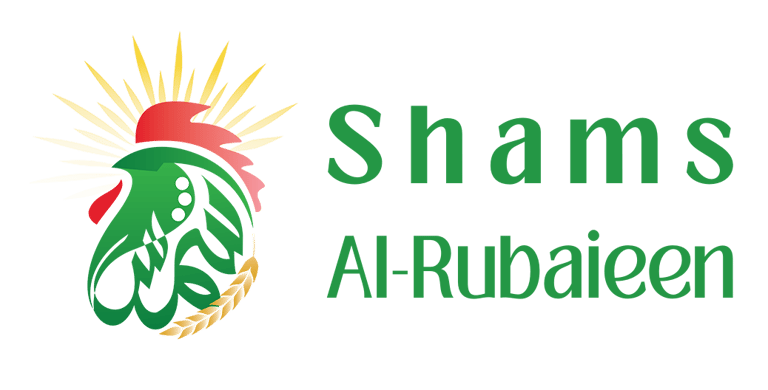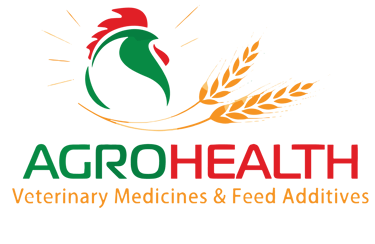Best Dairy Cattle Breeds for Milk Production in the Middle East: A Comprehensive Guide for Dairy Farms
Selecting the right dairy cattle breed is essential for achieving high milk production, ensuring animal health, and sustaining profitable dairy operations in the Middle East. This article highlights the best dairy cattle breeds, discusses their unique characteristics, and explains how they fit into the region’s challenging climate and market needs.
CATTLE
Dr. Osama Abbas Ayoob
12/26/20183 دقيقة قراءة


Selecting the right dairy cattle breed is essential for achieving high milk production, ensuring animal health, and sustaining profitable dairy operations in the Middle East. This article highlights the best dairy cattle breeds, discusses their unique characteristics, and explains how they fit into the region’s challenging climate and market needs.
Introduction: The Importance of Choosing the Right Dairy Cattle Breed
In the Middle East, where climate conditions can be harsh and water resources limited, choosing the most suitable dairy cattle breed is crucial. The right breed not only boosts milk yield but also ensures resilience, lower maintenance costs, and improved profitability for dairy farms. With increasing consumer demand for high-quality dairy products, farmers must balance production efficiency with animal welfare and environmental sustainability.
Holstein-Friesian: High Milk Production Powerhouse
Keywords: هولشتاين, إنتاج الحليب, أفضل سلالات الأبقار
The Holstein-Friesian breed is globally renowned for its impressive milk yield. Characteristics include:
High Milk Volume: This breed is capable of producing large quantities of milk, making it ideal for commercial dairy operations.
Genetic Improvements: Ongoing breeding programs enhance milk production and overall performance.
Management Requirements: Although highly productive, Holsteins require good nutrition and specialized management practices to thrive in the Middle Eastern climate.
Their proven track record in intensive dairy farming makes Holstein-Friesians a top choice for farms aiming at maximizing production.
Jersey: Premium Milk Quality with High Fat Content
Keywords: جيرسي, جودة الحليب, إنتاج الحليب
The Jersey breed is favored for its ability to produce milk with high butterfat content, which is ideal for cheese and yogurt production:
Rich Milk Composition: Jersey cows produce milk that is richer in fat and protein, providing added value in dairy processing.
Adaptability: This smaller breed can adapt well to varying environmental conditions and is often easier to manage.
Efficient Feed Conversion: Jerseys are known for their efficient conversion of feed into high-quality milk, reducing overall production costs.
For dairy farmers targeting premium dairy products, the Jersey breed offers a balanced combination of quality and efficiency.
Brown Swiss: Resilient and Adaptable for Harsh Climates
Keywords: براون سويس, متانة, إنتاج الحليب, أفضل سلالات الأبقار
The Brown Swiss breed is celebrated for its robustness and adaptability, which are crucial for thriving in the Middle Eastern environment:
Durability: Brown Swiss cattle are well-known for their hardiness, which allows them to withstand high temperatures and arid conditions.
Balanced Production: They offer a good balance between milk volume and quality, making them suitable for diverse dairy operations.
Longevity: With a longer productive lifespan, Brown Swiss cows provide sustained returns over the years.
This breed is particularly appealing for regions where environmental challenges demand livestock that can maintain performance under stress.
Local and Crossbred Dairy Cattle: Harnessing Regional Adaptation
Keywords: سلالات محلية, تربية الأبقار, الإنتاج المستدام
Local dairy cattle breeds, or crossbreeds developed by combining high-yield breeds with local varieties, offer significant advantages in the Middle East:
Climate Adaptation: Local breeds are naturally adapted to extreme temperatures and water scarcity, ensuring survival and steady production.
Disease Resistance: They often possess better resistance to regional diseases, reducing veterinary costs and production losses.
Crossbreeding Benefits: By crossbreeding high-production breeds like Holstein with local resilient breeds, farmers can achieve a balance between milk yield and adaptability.
Adopting local or crossbred solutions can lead to more sustainable and economically viable dairy farming practices in the region.
Economic and Management Considerations
Keywords: إدارة مزارع الألبان, تكاليف الإنتاج, صحة الحيوان
When choosing the right dairy cattle breed, several economic and management factors must be considered:
Initial Investment and Maintenance Costs: High-yield breeds like Holstein-Friesian may require more intensive management and higher feed costs, while local breeds often offer lower maintenance expenses.
Market Demand: The quality and composition of the milk (e.g., fat and protein content) can influence market pricing and processing suitability.
Sustainability: Efficient feed conversion, disease resistance, and adaptability to local conditions are key to long-term sustainability and profitability.
Farmers must assess these factors to align their breeding choices with both their operational goals and the market dynamics of the dairy industry in the Middle East.
Conclusion: Choosing the Best Dairy Cattle for Middle Eastern Dairy Farms
Selecting the best dairy cattle breed is a strategic decision that directly impacts the productivity, sustainability, and profitability of dairy operations. Whether opting for high-yield breeds like Holstein-Friesian, premium-quality producers like Jersey, or resilient options like Brown Swiss and local crossbreeds, dairy farmers in the Middle East must weigh production benefits against environmental challenges. With the right choice, farmers can achieve superior milk production, meet market demands, and support the region’s food security and economic growth.
By integrating these best practices and breed choices, dairy operations can optimize production and secure a competitive edge in the dynamic Middle Eastern dairy market.




